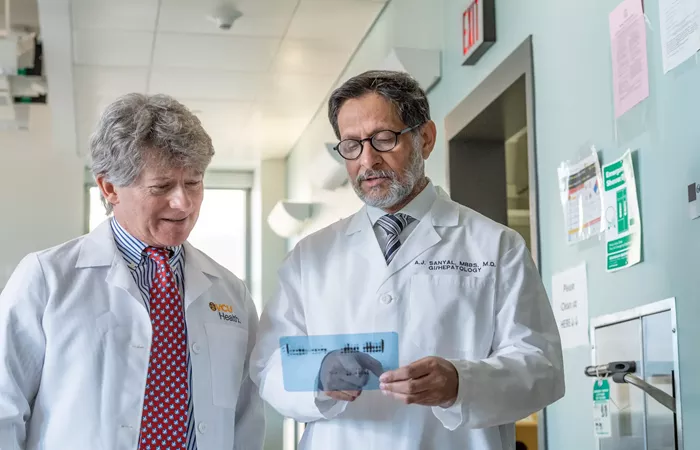A new screening strategy, co-developed by a pediatric liver expert at Virginia Commonwealth University (VCU), aims to detect biliary atresia—a rare and potentially deadly liver disease—in newborns earlier. The strategy, published by the American Academy of Pediatrics, could significantly improve survival rates and reduce the need for liver transplants.
Biliary atresia blocks bile flow from the liver to the intestines and is the leading cause of liver transplants in infants. Early diagnosis and treatment can prevent severe liver damage and death. Dr. Saul Karpen, VCU’s pediatric liver specialist, explained that the condition often resembles common jaundice, making it difficult to detect early.
The screening strategy involves three steps during the “By 1 month” well-child visit:
- Examine eye or skin color for persistent jaundice.
- Inspect stool color for pale or white stools.
- Review blood test results for high bilirubin levels.
If any signs appear, pediatricians are advised to check bilirubin levels. A reading of 1 mg/dL or higher should prompt a referral to a liver specialist. Early detection can lead to life-saving surgery.
Biliary atresia accounts for 60% of liver transplants in infants under 1 year. This new strategy offers a promising way to improve outcomes for affected babies.
Related topics:


